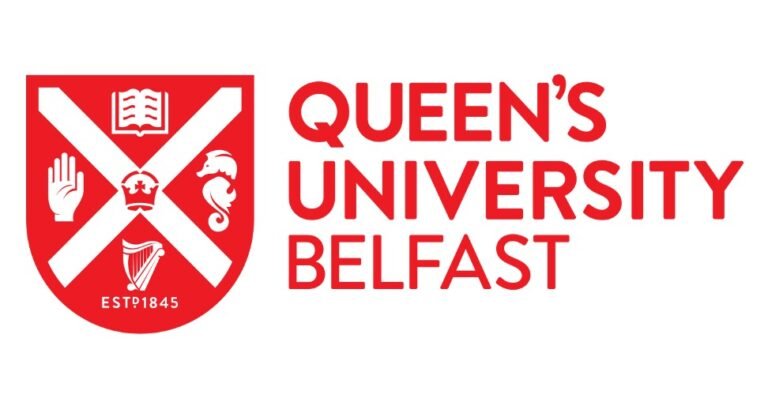Overview
Structural design and optimisation are crucial for a sustainable future. Incorporating new technologies, increased electrification and the use of new materials all mean increased thermal consideration is essential for new designs. Topology optimisation enables the design of lightweight and highly efficient structures by optimising the distribution of material within a given design space and subject to specific loads and constraints. It allows for the creation of innovative lightweight structures that would be difficult or impossible to design manually. While topology optimisation offers significant benefits, its wider adoption is hindered as not all approaches include thermal considerations when coming up with new designs, and the resulting designs are often not easily incorporated back into a CAD system.
In collaboration with Rolls-Royce Plc and the University of Southampton, this PhD project will investigate approaches to enable greater industrial utilisation of topology optimisation, by investigating and demonstrating new structural optimisation strategies to generate innovative geometric solutions while considering the thermal requirements of the challenges.
Previous QUB research (Shannon et al.[1]) demonstrated a novel approach to structural topology optimisation which employed the adjoint information to help define the optimal placement of “CAD-friendly” features within the design space. This helped significantly with the reconstruction of the resulting design using CAD but brought several other advantages. The number of variables within the optimisation problem was considerably reduced and the framework offered a way to include known “good” geometric features within such an optimisation. However, like most topology optimisation approaches, the search for solutions that was employed did not guarantee a global optimum, nor did it easily account for competing objectives and complex constraints.
This PhD will improve upon the work by Shannon et al. and apply this to the topology optimisation of thermal problems. Given the reduction in the number of design variables, it becomes possible to leverage gradient-enhanced surrogate modelling techniques within the optimisation. This not only guarantees a global optimum but also provides a mechanism by which multiple objectives and constraints can be included. The existing surrogate modelling toolset developed at the University of Southampton also enables multiple levels of simulation fidelity and even categorical variables to be employed within such an optimisation[2]. Southampton’s existing work on neural implicit geometry approaches[3,4], offers a way in which existing libraries of geometric features could be combined within a single parametric feature which can be moved and scaled within the topology optimisation. This offers a way in which existing engineering best practice and novel geometric concepts can potentially be fused and explored together as part of a single topology optimisation.
The result of this PhD is a process that can provide globally optimum topologies during the system’s preliminary and detailed design phases. Not only will this result in improved the systems thermal performance, but simulation effort will be substantially reduced thereby accelerating the design process.
For the UK to be Net Zero by 2050, industry needs to adopt new design systems that will discover innovative and sustainable products. Thus the methods developed in this project are incredibly important for industry.
Funding Information
This project is funded via QUB’s Enhanced Postgraduate Skills Doctoral Training Programme(EPS DTP) with industrial sponsorship from Rolls-Royce. Rolls-Royce is a global engineering giant, specialising in power systems for aviation and other industries. As a key player in aerospace and defence, they play a vital role in powering the world’s aircraft and ships, adding significantly to the UK economy.
UK studentships – cover tuition fees and include a maintenance stipend of £19,237 per annum.
This project offers an additional top-up stipend of £5,000 per year, and together with the maintenance stipend will give a take home pay of £24,237 per annum.
An industry gross salary (pre-tax, student loan repayment, pension (3%) and national insurance contributions) of £32,000 results in an approximately equivalent take home pay.
A UK studentship is open to UK and ROI nationals, and to EU nationals with settled status in the UK, subject to meeting specific nationality and residency criteria.
DfE studentship eligibility information can be viewed at: https://www.economy-ni.gov.uk/publications/student-finance-postgraduate-studentships-terms-and-conditions
Entrance requirements
Graduate
The minimum academic requirement for admission to a research degree programme is normally an Upper Second Class Honours degree from a UK or ROI HE provider, or an equivalent qualification acceptable to the University. Further information can be obtained by contacting the School.
International Students
For information on international qualification equivalents, please check the specific information for your country.
English Language Requirements
Evidence of an IELTS* score of 6.0, with not less than 5.5 in any component (*taken within the last 2 years) is required.
International students wishing to apply to Queen’s University Belfast (and for whom English is not their first language), must be able to demonstrate their proficiency in English in order to benefit fully from their course of study or research. Non-EEA nationals must also satisfy UK Visas and Immigration (UKVI) immigration requirements for English language for visa purposes.
For more information on English Language requirements for EEA and non-EEA nationals see: www.qub.ac.uk/EnglishLanguageReqs.
If you need to improve your English language skills before you enter this degree programme, INTO Queen’s University Belfast offers a range of English language courses. These intensive and flexible courses are designed to improve your English ability for admission to this degree.
How to Apply
Apply using our online Postgraduate Applications Portal and follow the step-by-step instructions on how to apply.
Find a supervisor
If you’re interested in a particular project, we suggest you contact the relevant academic before you apply, to introduce yourself and ask questions.
To find a potential supervisor aligned with your area of interest, or if you are unsure of who to contact, look through the staff profiles linked here.
You might be asked to provide a short outline of your proposal to help us identify potential supervisors.



